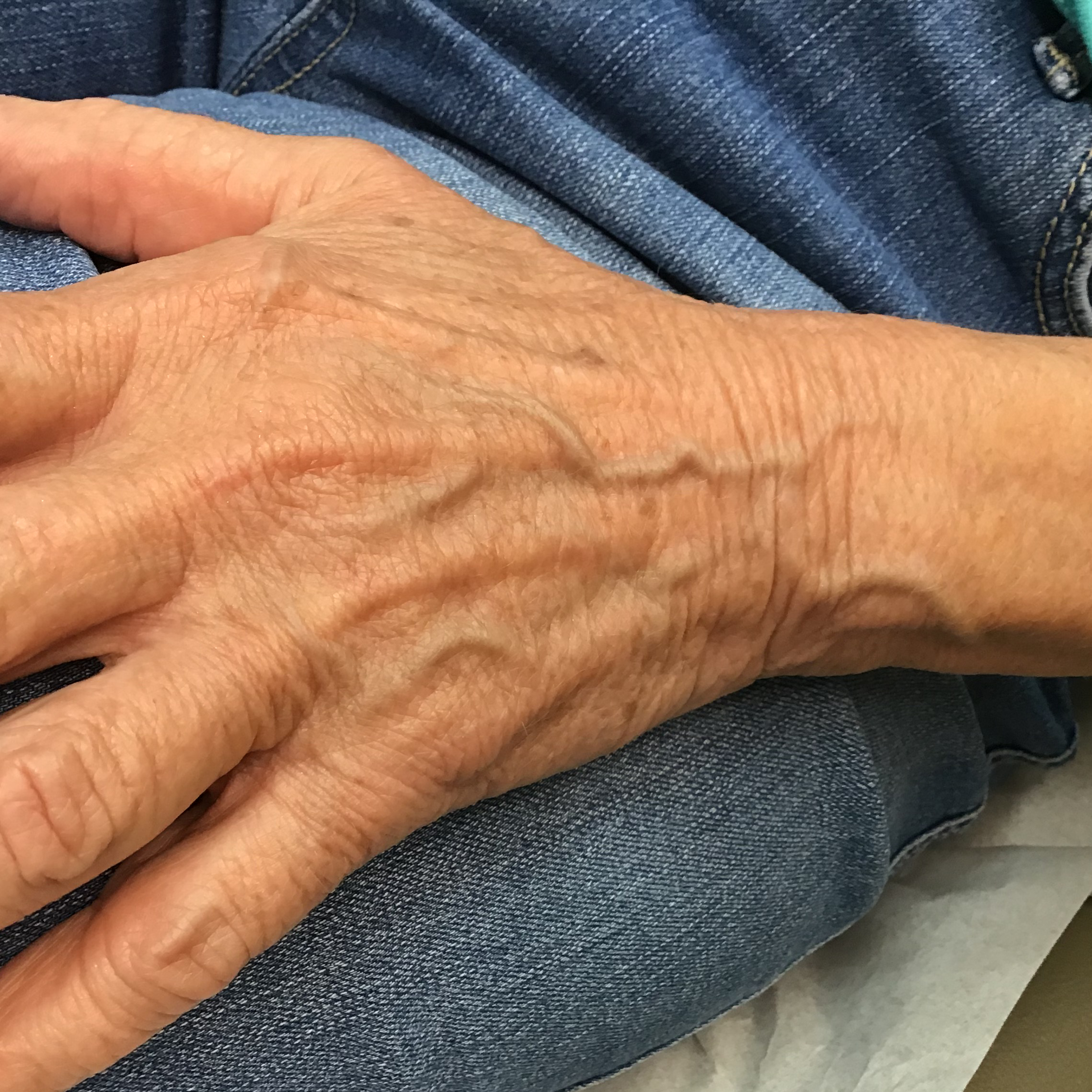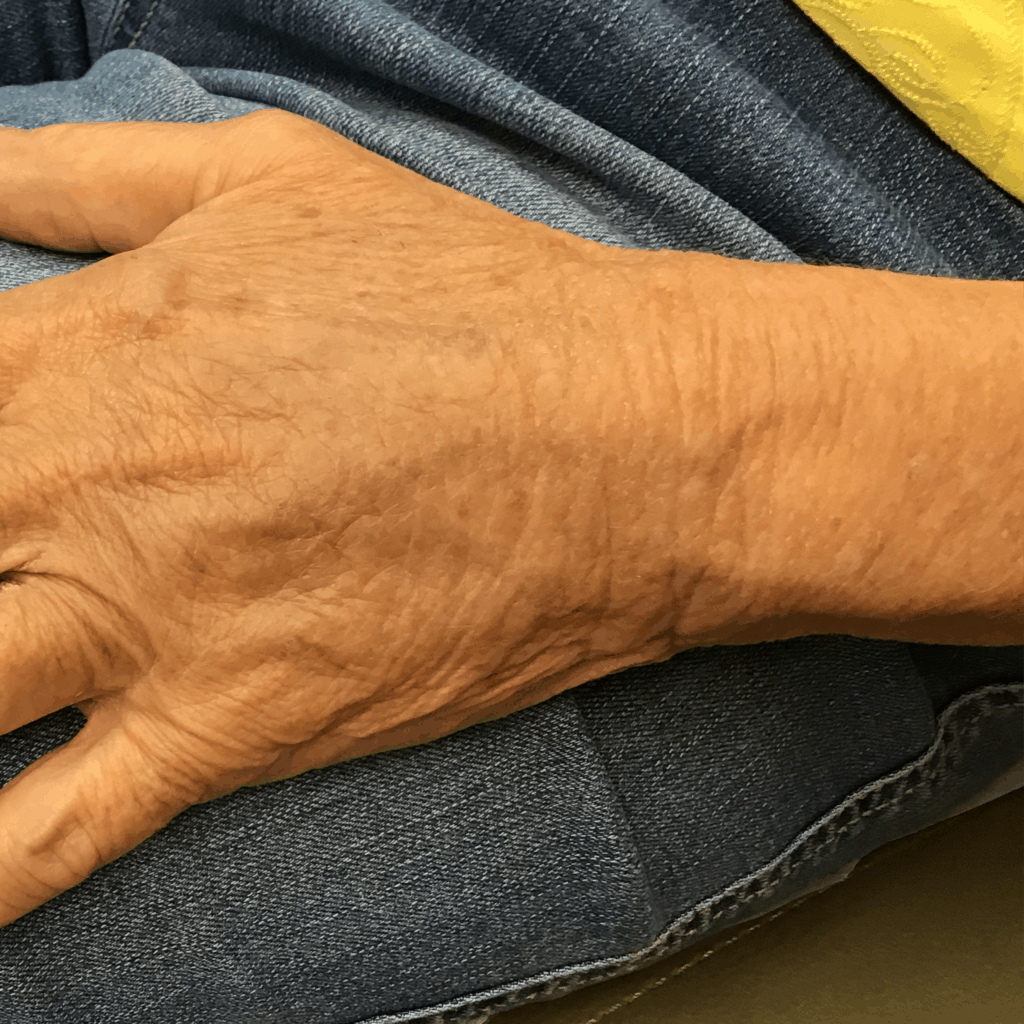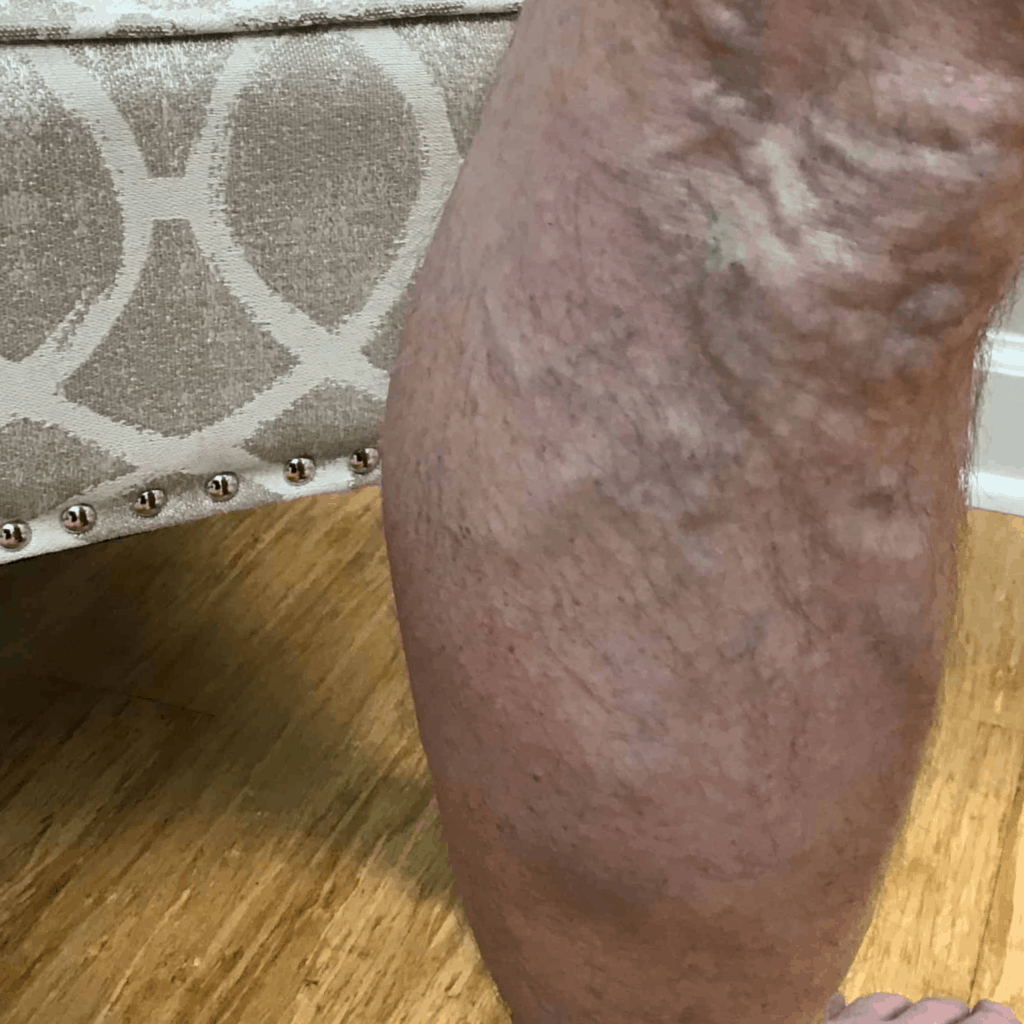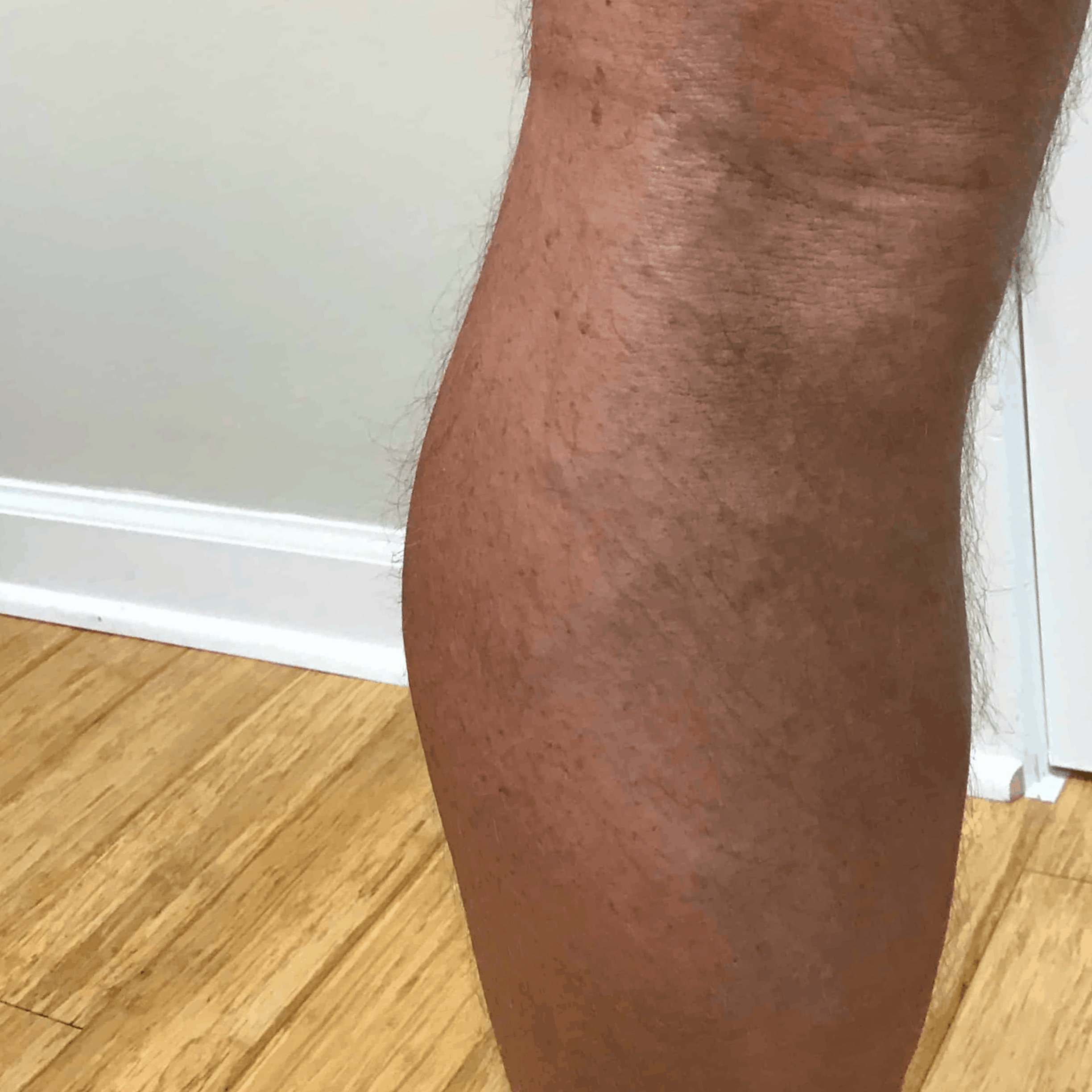Sclerotherapy
 Sclerotherapy is a minimally invasive medical procedure used by vascular specialists to remove undesirable varicose and spider veins. The process involves injecting medicine, called sclerosing agents, into unhealthy veins. In addition to relieving discomfort, the injected chemicals cause the damaged veins to diminish and fade from view.
Sclerotherapy is a minimally invasive medical procedure used by vascular specialists to remove undesirable varicose and spider veins. The process involves injecting medicine, called sclerosing agents, into unhealthy veins. In addition to relieving discomfort, the injected chemicals cause the damaged veins to diminish and fade from view.
Spider veins are tiny veins that appear near the surface of the skin in red, purple, and blue patches of flooded capillaries that wind their way around the thighs and legs. Found deeper in the skin, varicose veins bulge and twist most often in the legs and feet and are characterized by a bluish or dark purple color.
What Is Sclerotherapy Used to Treat?
Since the 1930s, sclerotherapy has been used successfully to treat a variety of conditions including:
- Cosmetic reasons — to enhance the appearance of varicose and spider veins
- Aches
- Inflammation
- Burns
- Night cramps
- In rare cases, hemorrhoids
Depending on the size and scope of unhealthy veins, sclerotherapy can significantly improve the look of varicose and spider veins in the thighs, calves, ankles, feet, and anus. Sclerotherapy is also used on the face; and the procedure is never performed on pregnant or breastfeeding women.
Before and After Photos
(Slide the image horizontally)


Watch this video to see the results of sclerotherapy in just seconds.


How Is Sclerotherapy Done?
Sclerotherapy is generally completed in under an hour, performed as an outpatient procedure in the doctor’s office without the use of anesthetics.
Patients lie on their back with the feet higher than the knees. A vascular physician cleans and sterilizes the treatment area, and then using a tiny, specialized needle, injects sotradecol (an FDA-approved synthetic soap) or polidocanol (a nonester local anesthetic) into the damaged vein. The solution irritates the walls of the vein, shutting them down and cutting off blood flow. Over time, the vein will scar and pass away, turning white and dissolving into the surrounding tissues.
Foam can also be used to treat larger varicose veins since foam can cover a broader surface area than liquid solution. Patients may feel a sting or cramp when the needle is placed in the vein, and may also experience discomfort if the medicine escapes from the vein into other tissues.
After withdrawing the needle, your medical provider will apply compression and massage the area to prevent blood from entering the damaged vein and to spread out the liquid-medicine. Patients can treat multiple spider or varicose veins during a single appointment, however, in the case of extensive varicose or spider vein coverage, a patient may require several sclerotherapy treatments.
Depending on the patient and the circumstances, sclerotherapy can effectively eliminate larger varicose veins, and if not, a patient may be referred to a vascular surgeon for further treatment. Spider veins existing on the face typically are not treated with sclerotherapy.
Results of Sclerotherpay
 Patients are able to return home immediately after the procedure and resume their normal activities; it is important to keep the legs mobile to avoid blood clots from forming. However, patients should avoid strenuous exercise for at least two weeks after sclerotherapy. It is not uncommon for vascular surgeons to recommend the use of compression stockings for the first two weeks after the procedure to keep the pressure on the treated veins.
Patients are able to return home immediately after the procedure and resume their normal activities; it is important to keep the legs mobile to avoid blood clots from forming. However, patients should avoid strenuous exercise for at least two weeks after sclerotherapy. It is not uncommon for vascular surgeons to recommend the use of compression stockings for the first two weeks after the procedure to keep the pressure on the treated veins.
Studies have proven the effectiveness of sclerotherapy in attaining a 60-80% success rate for eliminating spider veins. Less than one in ten patients have no improvement at all, and in that case, other chemical solutions can be employed.
Spider and varicose veins take time to dissolve. Patients may start seeing an immediate difference just three to four days after treatment but may not see the complete effects until a month or two after each sclerotherapy session.
For 48 hours after sclerotherapy treatment, patients should avoid taking hot baths or saunas, from using hot compresses, or soaking in a jacuzzi. Patients can shower risk-free using tepid water and can wash the injection site with mild soap and water. Direct sunlight exposure to the injection sites is to be avoided as well for at least the first two days after treatment. When the swelling around the injection sites comes into contact with the sun, it can cause dark spots on the skin.
If you have any questions about sclerotherapy, please feel free to call us at (904) 572-3074 or (888) VEINS27.
